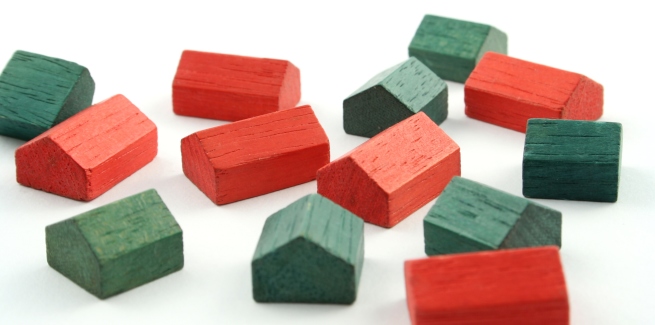The National Housing Finance and Investment Corporation (NHFIC) has released a new housing affordability analysis on first home buyers and rents in capital cities and regional areas.
The research will form part of the body’s second State of Nation’s Housing report, due early next year. The upcoming white paper will feature research on the housing market, housing supply, cities and regions during COVID-19.
On a national level, the NHFIC has found that for buyers across most income levels, affordability or the ability to meet mortgage repayments with 30 per cent or less of household disposable income, deteriorated over the course of the 2021 financial year, due to strong house price growth. But, affordability levels were highly dependent on location.
While first home buyers in regional South Australia, Western Australia and Queensland saw favourable outcomes compared to their respective capital cities, affordability eroded substantially in regional NSW, Victoria and Tasmania.
In regional NAW and Tasmania in particular, the bottom 40 per cent of income earners could afford up to a tenth of homes for sale.
Hobart had seen the greatest deterioration in first home buyer affordability and was the most unaffordable city for both renters and prospective buyers (assumed as the cohort of renters aged 24 to 39).
Around 80 per cent of aspiring first home buyers in the Hobart market could afford around 10 per cent or less of properties, with middle-income affordability falling the most over the last year.
Households in the fourth income quintile could afford just a tenth of properties, compared to 40 per cent in June.
At the same time, rents were found to be most unaffordable in Hobart, with the bottom three quintiles of income earners being able to afford just 10 per cent, or less, of rental properties.
In cities such as Perth however, first home buyers had a more favourable experience, with earners in the second income quintile being able to afford around 30 per cent of properties in the market.
Nationally, prospective buyers within the bottom income quintile could afford less than 10 per cent of all properties.
Those in the third income quintile, could afford 30 per cent of all properties, while buyers in the fourth quintile could afford approximately half of all stock.
The NHFIC recently signed an agreement with the NSW state government’s land and property development corporation, Landcom, to explore housing supply solutions.
As laid out by NHFIC chief executive Nathan Dal Bon, a key priority of the collaboration will be delivering both housing infrastructure and new supply, to tackle affordability challenges in NSW.
At the same time, new research from the Real Estate Institute of Australia (REIA) showed national housing affordability declined over the September quarter, with the proportion of income required to meet loan repayments rising to 32.6 per cent, from 34.7 per cent in March.
Last week, the government declared that it will roll over 4,651 unused first home buyer grants under the Home Guarantee Scheme from the FY21, targeting buyers who had been affected by COVID-19 disruptions.
[Related: IMF pressures Australia on housing policy]
 ;
;
